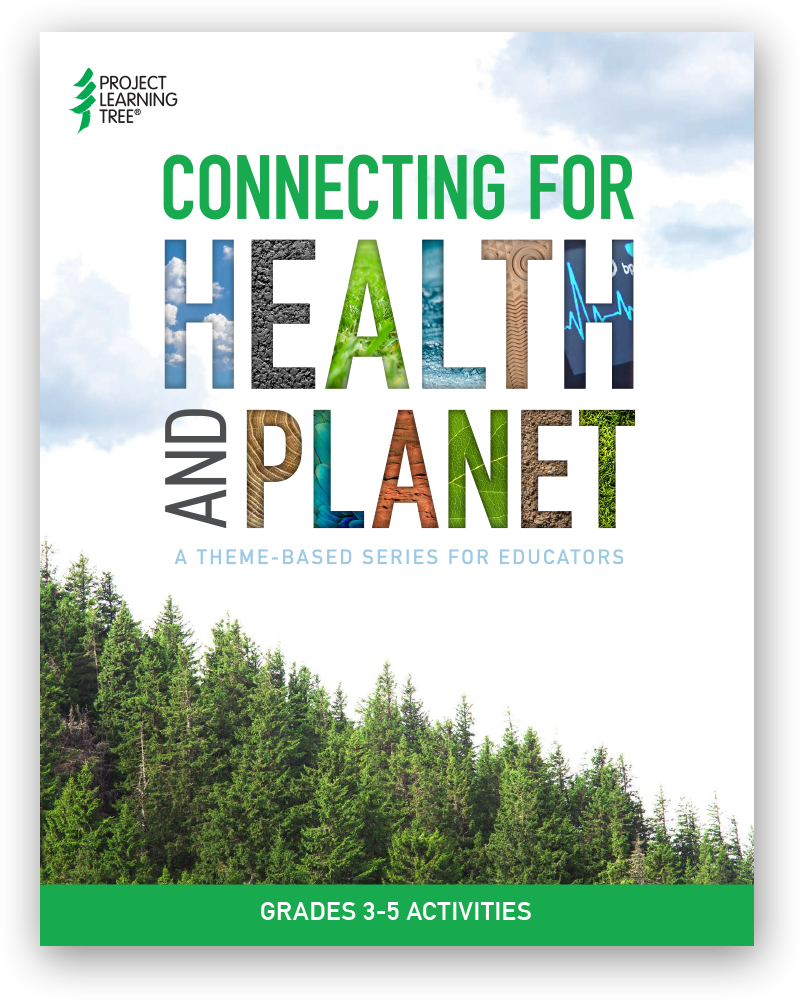 Project Learning Tree recently launched a new theme-based activity collection!
Project Learning Tree recently launched a new theme-based activity collection!
The Connecting for Health and Planet Activity Collection is our latest release featuring three PLT activities for educators of students ages 8-11 and grades 3-5. And if you work with older students, the activities also contains age-appropriate adaptations for educators working with grades 6-8.
Designed to be flexible, the activities can be used as stand-alone lessons, or all together as a cohesive unit of instruction using a storyline technique.
Connecting for Heath and Planet: Grades 3-5 Activities
The three downloadable activities were developed with support from Nice-Pak and invite students to investigate how being outside—and among trees, specifically—provides people with many different physical, emotional, social, and learning benefits:
-
- Get Outside!: Students investigate the physical and emotional benefits of working or playing outside.
- Poet-Tree: Students explore the benefits of being outside as they make observations of how trees make them feel. This activity also incorporates traditional knowledge with a gratitude walk.
- Helping Hands: Students plan and carry out a project to improve a shared, local outdoor space.
How do trees connect with human and environmental health?
A growing body of research confirms that children are healthier, happier, more creative, and have better knowledge retention when they consistently play and learn outdoors. Some benefits of time outdoors for youth include:
- Increased attentiveness and better recollection of information, even after they go back inside.
- Improved performance on tests and other external measures of knowledge gains.
- Greater feelings of competence and motivation to learn.
- Elevated mood and better ability to regulate emotions.
- Decreased stress and anxiety.
- More physical activity and improved physical health.
- Improved balance, coordination, and problem-solving skills through less structured play.
- More frequent and more effective conflict management, communication, and peer cooperation.
While much of the research focuses on children, there is also evidence that being outdoors is good for adults as well. Plus, an additional benefit of spending time outdoors is an increased investment in these places and spaces by the people who experience them.
Learning Progressions
Storylines provide connectedness and continuity to individual activities and can serve as the instructional glue that holds areas of knowledge and skills together. The activities in Connecting for Health and Planet may be linked together into a unit of instruction using a storyline technique, such as the one that follows.
Guiding Question: How does being outside benefit people?
Storyline: Being outside and among trees provides people with many different physical, emotional, social, and learning benefits.
The sequence of individual activities supports this storyline:
1. Get Outside!
Investigate the physical and emotional benefits of working or playing outside; encourage students to design and plan the investigation and analyze their results.
2. Poet-Tree
Explore the benefits of being outside and make observations about how trees make us feel. Invite students to gather “tree impressions” and to use these impressions to write poems centered around trees.
3. Helping Hands
Challenge students to describe the feelings a local area evokes and what they wish were different about it. Plan and carry out a model project to improve the site, and reflect on the environmental, community, and personal benefits of the project.
New Features Within Each Activity
In addition to the typical elements that educators have come to rely on from PLT, the following new features in our theme-based series will further help educators adapt the activities for specific groups and settings.
Academic Standards
Classroom educators and nonformal educators alike need to ensure that instruction helps diverse learners meet rigorous academic benchmarks. Each PLT activity displays explicit connections to practices and concepts mandated by the following national academic standards. Here’s an example from the first activity in the collection, Get Outside!:
![]()
Take It Outside!
Describes how to extend student learning into the outdoors.
![]()
Differentiated Instruction Strategies
-
-
- Cooperative Learning
- Literacy Skills
- ELA Skills
- Hands-On Learning
- Higher-Order Thinking
- Multiple Solution Pathways
- Nonlinguistic Representations
- Personal Connections
- Student Voice
-
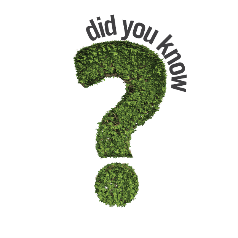
Did You Know?
Forest Facts present interesting insights into forests as global solutions for environmental, economic, and social sustainability.

Career Corner
Introduces youth to forest-related careers.
Purchase Connecting for Health and Planet now from PLT’s Shop for $5.95
Like what you see? Check out our other low-cost, downloadable activity collections:
- Sensational Trees for grades K-2
- Biodiversity Blitz for grades 3-5
- Trillions of Trees for grades 3-5
- Nature of Fire for grades 6-8
- Discover Your Urban Forest for grades 6-8
This collection is supported by Nice-Pak.
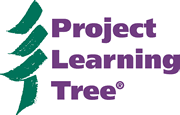
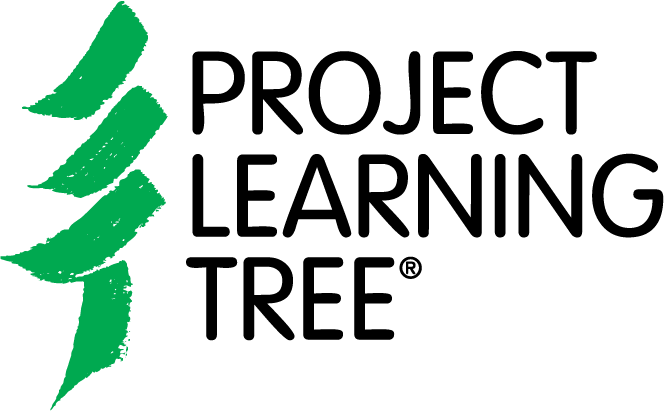

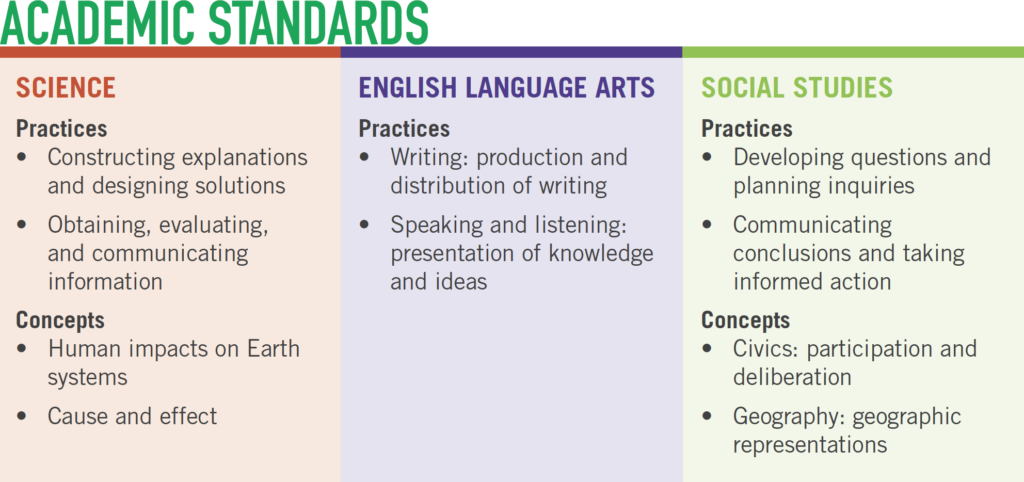

 The week started with a special pre-conference workshop created for nearly 100 local South Carolina educators to receive hands-on PLT training. Supported by the
The week started with a special pre-conference workshop created for nearly 100 local South Carolina educators to receive hands-on PLT training. Supported by the  Environmental education is needed now more than ever. And as Dr. Lanham said, “This is not the work of becoming rich, but becoming enriched.” Nature is something that enriches us all. It enriches our minds, fills our cup, sparks creativity, and nourishes our souls. His words set the tone for the rest of the conference and left us inspired.
Environmental education is needed now more than ever. And as Dr. Lanham said, “This is not the work of becoming rich, but becoming enriched.” Nature is something that enriches us all. It enriches our minds, fills our cup, sparks creativity, and nourishes our souls. His words set the tone for the rest of the conference and left us inspired.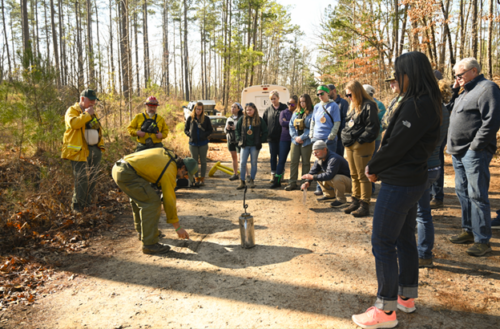 When educators discover how a sustainably managed forest operates and how it benefits our communities, economy, and environment, it opens the eyes and minds of entire communities.
When educators discover how a sustainably managed forest operates and how it benefits our communities, economy, and environment, it opens the eyes and minds of entire communities. 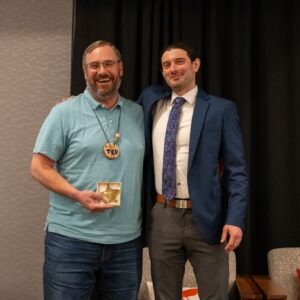
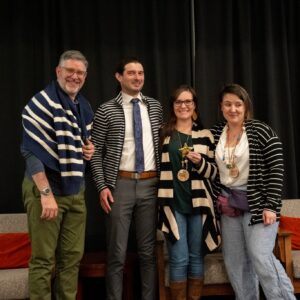



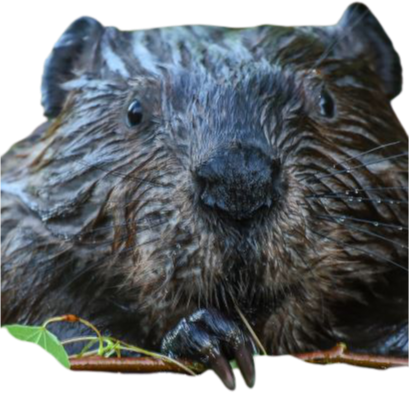 Guide to Curriculum for Teaching About Climate Change
Guide to Curriculum for Teaching About Climate Change 
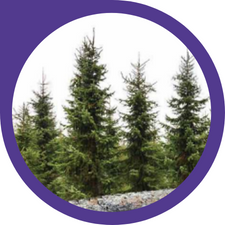 TREES AS HABITATS
TREES AS HABITATS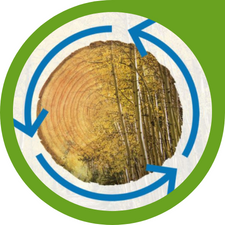 RENEWABLE OR NOT?
RENEWABLE OR NOT? REUSE AND RECYCLE AT HOME
REUSE AND RECYCLE AT HOME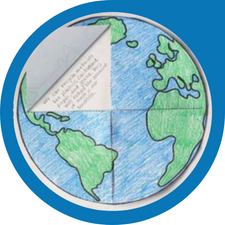 EARTH DAY ACTIVITIES TO INSPIRE YOUR STUDENTS AND MAKE A DIFFERENCE
EARTH DAY ACTIVITIES TO INSPIRE YOUR STUDENTS AND MAKE A DIFFERENCE ARTISTS FOR THE EARTH (EarthDay.org)
ARTISTS FOR THE EARTH (EarthDay.org)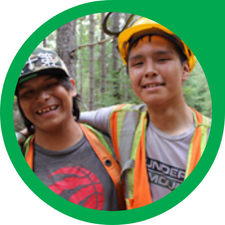 LEARN ABOUT FORESTS
LEARN ABOUT FORESTS 12 NATURE WALK ACTIVITIES FOR EARTH DAY (OR ANY DAY!)
12 NATURE WALK ACTIVITIES FOR EARTH DAY (OR ANY DAY!) 13 YOUNG ENVIRONMENTALISTS MAKING A DIFFERENCE
13 YOUNG ENVIRONMENTALISTS MAKING A DIFFERENCE
 BECOME A CITIZEN SCIENTIST
BECOME A CITIZEN SCIENTIST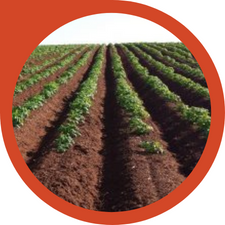 SOIL EROSION: WHY IT HAPPENS AND WHAT WE CAN DO ABOUT IT
SOIL EROSION: WHY IT HAPPENS AND WHAT WE CAN DO ABOUT IT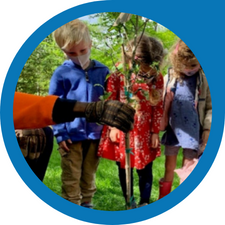 TIPS FOR PLANTING TREES WITH KIDS
TIPS FOR PLANTING TREES WITH KIDS HANDS-ON ACTIVITIES TO EXPLORE THE MANY USES OF TREES
HANDS-ON ACTIVITIES TO EXPLORE THE MANY USES OF TREES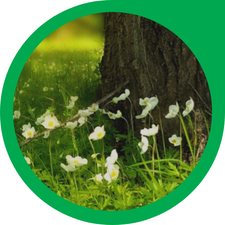

 Growing up in a middle-class home, Michelle Cole dreamed of becoming an accountant. “I must be honest, a green career was not my first choice.” But thanks to her mentor, she ended up finding her green path.
Growing up in a middle-class home, Michelle Cole dreamed of becoming an accountant. “I must be honest, a green career was not my first choice.” But thanks to her mentor, she ended up finding her green path.
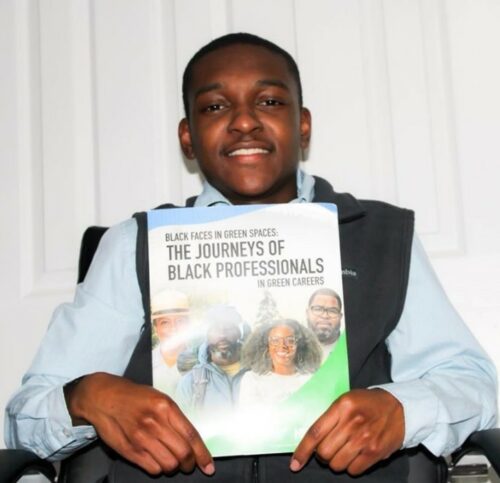 Just like Michelle’s mentor pointed out, a green job doesn’t mean you have to be working in the forest. Whether you want to pursue a career in communications, human resources, accounting, or law…your job can still be green! There are so many organizations within the forest and conservation sector needing your talents!
Just like Michelle’s mentor pointed out, a green job doesn’t mean you have to be working in the forest. Whether you want to pursue a career in communications, human resources, accounting, or law…your job can still be green! There are so many organizations within the forest and conservation sector needing your talents!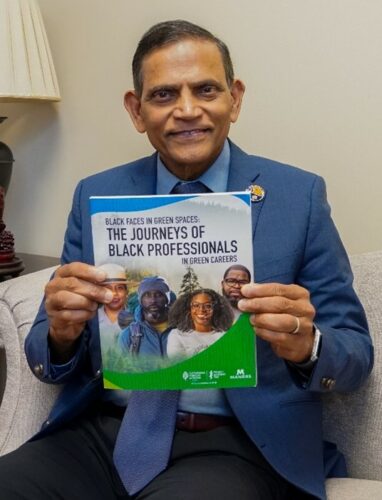
 I’ve said it before, and I’ll say it again. When you first meet a PLT State Coordinator, there’s always something special about them. Warm, fun, full of life, enthusiastic, and welcoming. They’re excited to be with you and share their passion for environmental education.
I’ve said it before, and I’ll say it again. When you first meet a PLT State Coordinator, there’s always something special about them. Warm, fun, full of life, enthusiastic, and welcoming. They’re excited to be with you and share their passion for environmental education. For Jonathan, his inspiration comes in the form of nature and the others he works alongside.
For Jonathan, his inspiration comes in the form of nature and the others he works alongside. When you ask a student what they want to be when they grow up, what do you typically hear? Doctor, Lawyer, Engineer, or Police Officer? If these sound familiar, it’s time to introduce students to career paths they may have never imagined. How about Sustainability Officer, Urban Forester, Wildlife Biologist, or Environmental Educator?
When you ask a student what they want to be when they grow up, what do you typically hear? Doctor, Lawyer, Engineer, or Police Officer? If these sound familiar, it’s time to introduce students to career paths they may have never imagined. How about Sustainability Officer, Urban Forester, Wildlife Biologist, or Environmental Educator?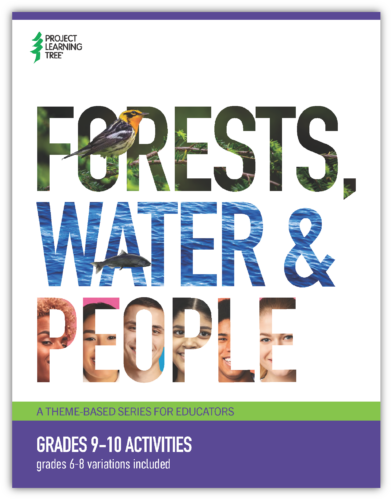 Plant Trees
Plant Trees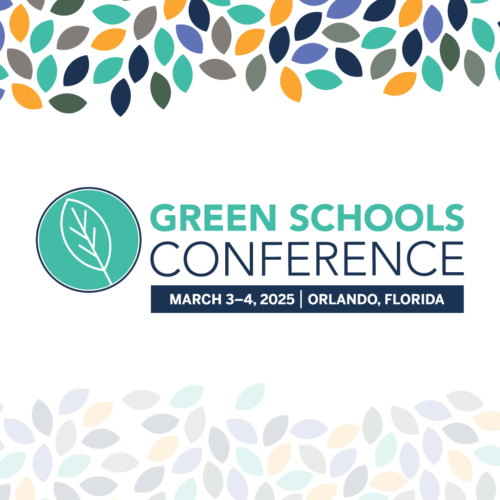
 When you are teaching a group of students, you may or may not have insight into their backgrounds and experiences. But something we all have in common is that in one shape or form, we all have been touched by trauma. Everyone’s experience with trauma is different, which is why it is crucial to strive towards creating a supportive, safe space for people to learn.
When you are teaching a group of students, you may or may not have insight into their backgrounds and experiences. But something we all have in common is that in one shape or form, we all have been touched by trauma. Everyone’s experience with trauma is different, which is why it is crucial to strive towards creating a supportive, safe space for people to learn. When it comes to making learning even more relevant, place-based lessons are the perfect way to incorporate what’s happening in your local environment. Plus, learners get to utilize GIS maps and technology as a way to learn about nature!
When it comes to making learning even more relevant, place-based lessons are the perfect way to incorporate what’s happening in your local environment. Plus, learners get to utilize GIS maps and technology as a way to learn about nature! 
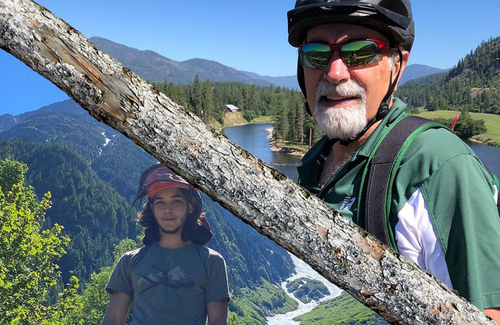 Have you ever stopped to think about the individuals who have positively impacted you over the course of your career? Your life? The people who helped shape the path you’re on, who served as a sounding board, who guided you through rough waters?
Have you ever stopped to think about the individuals who have positively impacted you over the course of your career? Your life? The people who helped shape the path you’re on, who served as a sounding board, who guided you through rough waters?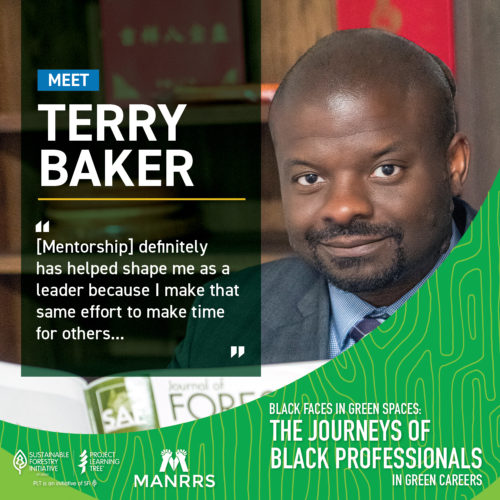 So many young people are only aware of careers like doctor, lawyer, engineer, or police officer. That’s why introducing learners to a wide variety of jobs starting at an early age is ideal. You can open their eyes and spark interest in new possibilities!
So many young people are only aware of careers like doctor, lawyer, engineer, or police officer. That’s why introducing learners to a wide variety of jobs starting at an early age is ideal. You can open their eyes and spark interest in new possibilities!